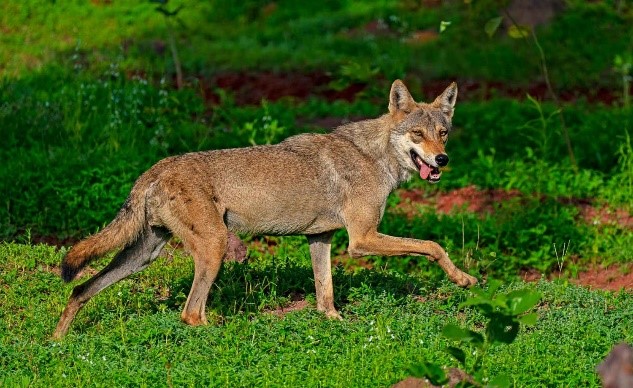Free Courses Sale ends Soon, Get It Now


Free Courses Sale ends Soon, Get It Now



Disclaimer: Copyright infringement not intended.
Context
Indian Grey Wolf
About
Distribution:
Habitat:
Physical Characteristics:
Behavior and Social Structure:
Conservation Status:
National Chambal Sanctuary
Location:
Establishment and Purpose:
Biodiversity:
Conservation Initiatives:
|
PRACTICE QUESTION Q. Which of the following best describes the habitat adaptability of the Indian Grey Wolf? A. It thrives exclusively in dense forests. B. It primarily inhabits coastal regions. C. It shows adaptability to arid and semi-arid regions. D. It prefers high-altitude mountainous areas. Answer C. |
© 2024 iasgyan. All right reserved